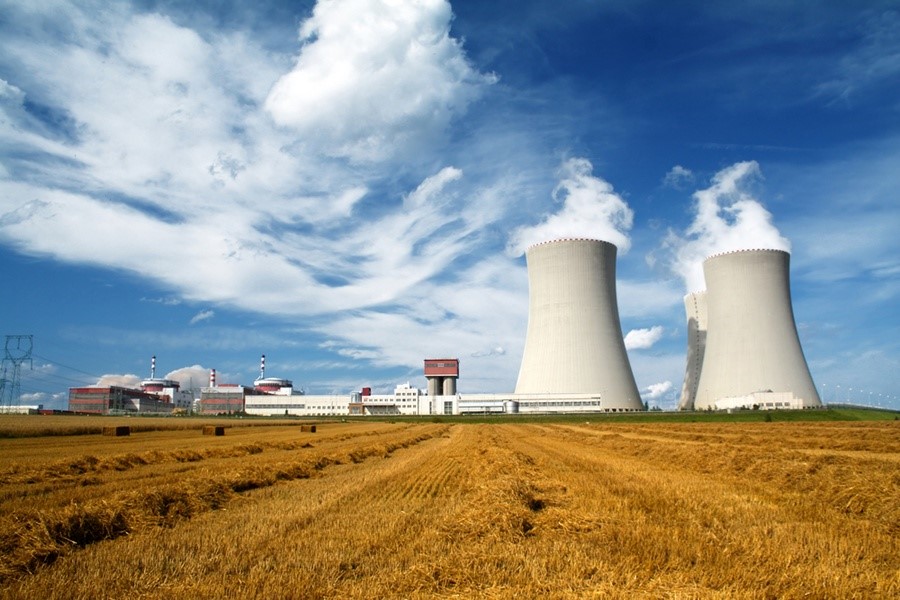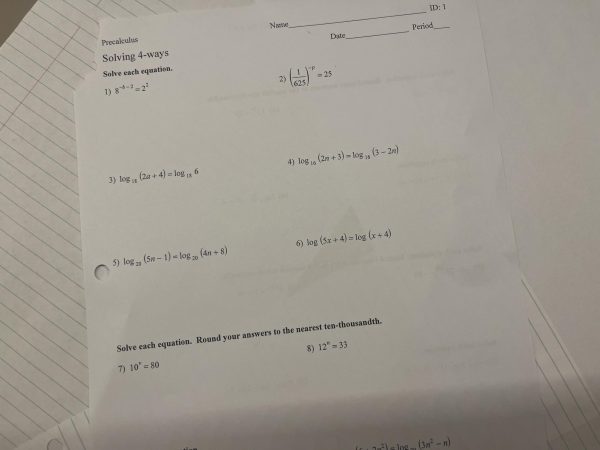Thorium Rocks!
Countries like the United States and India are funding big projects all over the world because of an element called thorium. Thorium is a nuclear alternative to Uranium and looks to provide clean power for millions (PGE).
There are lots of negatives commonly associated with nuclear energy. Historically, nuclear power plants are associated with many tragedies. Uranium plants are inherently unsafe and are susceptible to meltdowns and natural disasters. Nuclear waste also poses its own problem. Unsafe radioactive waste has no real method of disposal. This harmful waste can hurt the environment and has to be safely buried underground. Uranium deposits are also nonrenewable as the element becomes more scarce other energy sources need to be developed.
Thorium energy hopes to solve some of these problems. Despite also being nonrenewable, there is three to four times as much thorium in the earth’s crust. On top of that, thorium is 200 times more energy dense than uranium, meaning the supply will last significantly longer (The Guardian).
Thorium as an element is fertile, not fissile like uranium (Alternative Energy). Because of this, it needs another element, like plutonium, present in order to produce energy. This fact has multiple great upsides. An example is that since thorium can’t produce energy by itself, it can be safely drained away from its supporting plutonium preventing any form of disaster.
Thorium as a power source is being held back by public opinion on nuclear energy. Because of past nuclear catastrophes, the media’s portrayal of nuclear energy is negative. Thorium represents the need for change.
When asked about the social stigmas surrounding nuclear energy, and how thorium may push to change them, a Pennridge physics teacher, Matt Simkins, said he thought thorium could be an important step towards nuclear acceptance. Another Pennridge teacher, Heidi Neuman, shared this sentiment by saying that Generation Z is possibly the solution to a world that welcomes nuclear energy.
Sources
“Facts About Nuclear Power.” PGE, https://www.pge.com/mybusiness/edusafety/systemworks/dcpp/nuclearfacts/. Accessed 11 January 2023.
Hadhazy, Adam. “Why Aren’t We Using Thorium in Nuclear Reactors?” Discover Magazine, 6 May 2014, https://www.discovermagazine.com/the-sciences/why-arent-we-using-thorium-in-nuclear-reactors. Accessed 11 January 2023.
“Nuclear Energy.” Alternative Energy, edited by K. Lee Lerner, et al., 2nd ed., UXL, 2012. Gale In Context: High School, link.gale.com/apps/doc/VUABGA456058853/SUIC?u=perk75268&sid=bookmark-SUIC&xid=3b7faaef. Accessed 21 Dec. 2022.
“We should be developing nuclear power as an energy source; Thorium-based nuclear power is clean and safe.” Telegraph Online, 14 July 2013. Gale In Context: Opposing Viewpoints, link.gale.com/apps/doc/A336705153/OVIC?u=perk75268&sid=bookmark-OVIC&xid=3eb98e69. Accessed 21 Dec. 2022.
“Energy: The nuclear option: India pins hopes on cleaner, thorium-powered plants: First reactor to be running by the end of the decade Abundant fuel could be an alternative to fossil fuels.” Guardian [London, England], 2 Nov. 2011, p. 23. Gale In Context: Opposing Viewpoints, link.gale.com/apps/doc/A271415103/OVIC?u=perk75268&sid=bookmark-OVIC&xid=a4fcc119. Accessed 21 Dec. 2022.
Chan, Szu Ping. “Uranium may have had its day as safer nuclear fuel is tested; POWERING THE FUTURE PART 4; Scientists are turning their attention to thorium, a cleaner and cheaper alternative, writes Szu Ping Chan.” Daily Telegraph [London, England], 21 Aug. 2013, p. 4. Gale In Context: Opposing Viewpoints, link.gale.com/apps/doc/A340225740/OVIC?u=perk75268&sid=bookmark-OVIC&xid=23e47765. Accessed 21 Dec. 2022.
Joe Pearson, Grade 12. Interests/hobbies include cello, philosophy, jazz piano, music theory, and relaxing with friends and family. Joe hopes to attend...





